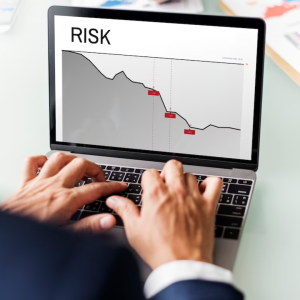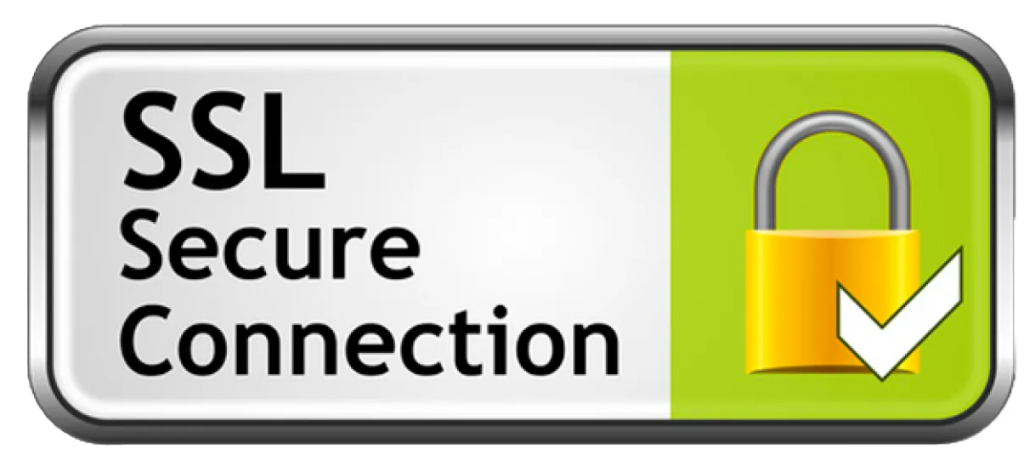In the unpredictable world of business, having a well-established emergency fund is not just a wise precaution, but a critical necessity. A dedicated fund to handle unforeseen challenges can be the difference between weathering a crisis and facing dire consequences. Here’s a guide on how to set up an effective emergency fund for your business.
Firstly, assess your business’s financial situation. Calculate your average monthly expenses, including operational costs, rent, salaries, and utilities. This baseline figure will guide you in determining the appropriate size of your emergency fund.
Set a specific savings goal. Experts often recommend setting aside three to six months’ worth of expenses in your emergency fund. However, the ideal amount can vary based on your industry, business size, and risk factors. Err on the side of caution and save more if possible.
Create a separate account for your emergency fund. This segregation prevents accidental spending and emphasizes the fund’s distinct purpose. Choose an account with minimal accessibility to deter using the funds for non-emergencies.
Consistency is key. Establish a monthly contribution plan that aligns with your budget. Even if you start small, regular deposits will accumulate over time, forming a reliable cushion against unexpected setbacks.
Treat the fund as sacred. Only utilize the emergency fund for genuine business emergencies – situations that directly threaten your business’s continuity. These might include sudden drops in revenue, equipment breakdowns, or unexpected regulatory changes.
Replenish after use. When you dip into the emergency fund, make it a priority to restore the withdrawn amount as soon as your financial situation improves. This maintains the fund’s effectiveness for future crises.
Regularly reassess your fund. As your business evolves, so might its financial needs. Periodically review your emergency fund’s size and adjust it to reflect any changes in expenses, revenue, or risk exposure.
Involve key stakeholders. Ensure that your management team is aware of the emergency fund and its purpose. This shared understanding fosters responsible use and supports informed decisions during crises.
In conclusion, establishing an emergency fund is a fundamental aspect of prudent business management. By assessing your financial needs, setting a savings goal, creating a dedicated account, contributing consistently, and using the fund judiciously, you can build a safety net that safeguards your business’s stability and resilience in the face of uncertainties.










